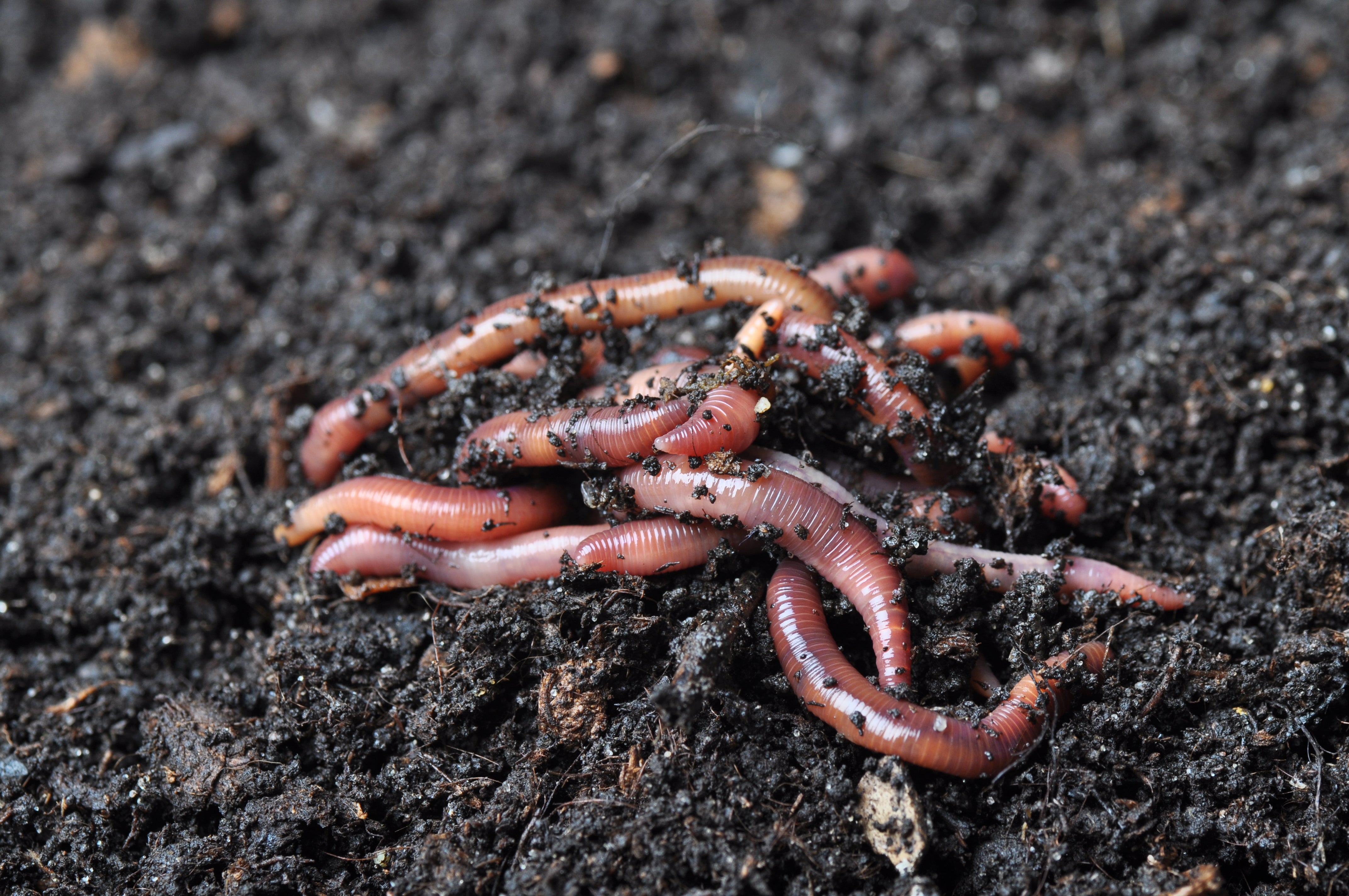Comprehensive Lawn Care Products from Red Wiggler Express
Comprehensive Lawn Care Products from Red Wiggler Express
Blog Article
Red Wigglers: The Unsung Heroes of Organic Waste Recycling
Red wigglers, or Eisenia fetida, offer as essential agents in the organic waste reusing procedure, changing thrown out products right into beneficial vermicompost. Their efficient breakdown of raw material not only improves soil high quality however likewise contributes to sustainable waste administration methods. As the world progressively seeks services to fight waste accumulation and improve agricultural performance, recognizing the function of these worms becomes vital. What devices permit them to grow in garden compost settings, and exactly how can they be successfully used in both domestic and commercial settings? Discovering these questions reveals the broader effects of vermicomposting in our eco-friendly landscape.
What Are Red Wigglers?
The exceptional resilience of red wigglers, medically called Eisenia fetida, underscores their critical function in natural waste recycling. These little, reddish-brown earthworms are generally located in disintegrating raw material, such as compost stacks and manure heaps. Lake Hickory Bait. Unlike various other earthworm species, red wigglers prosper in nutrient-rich environments and are very efficient at damaging down natural materials, making them essential for vermicomposting

(Lake Hickory Bait)In addition to their function in waste decrease, red wigglers add to dirt health by improving soil structure and oygenation via their burrowing activities (Lake Hickory Bait). Their existence in composting systems not just boosts decomposition rates however additionally advertises a sustainable method to lose monitoring, highlighting their importance in environmental conservation efforts
Advantages of Composting With Worms
Composting with worms, especially red wigglers, supplies countless benefits that boost both waste management and soil health. These worms efficiently damage down natural waste, transforming it right into nutrient-rich vermicompost that improves dirt. This procedure speeds up decay, enabling for a much faster recycling of kitchen scraps and other natural materials compared to typical composting approaches.
In addition, the vermicompost produced by red wigglers is including useful bacteria, which assist improve soil framework, oygenation, and wetness retention. This enhances the overall wellness of plants, advertising energetic growth and raised returns in gardens and agricultural setups. In addition, the usage of worms in composting reduces the production of greenhouse gases, such as methane, adding to a much more sustainable waste monitoring system.

Exactly How to Begin Vermicomposting
Establishing a vermicomposting system is a straightforward procedure that can generate significant benefits for both waste management and dirt enrichment. To start, select an ideal container, such as a plastic bin or wood box, with appropriate ventilation openings to guarantee appropriate air movement. The dimensions must ideally be around 2 feet by 3 feet, permitting sufficient room for the worms to thrive.
Next, prepare bed linen product, which can contain shredded newspaper, cardboard, or coconut coir. This bed linens ought to be moistened to create an appropriate habitat for the worms. As soon as the bed linens remains in location, introduce red wigglers (Eisenia fetida) right into the bin, generally around one pound of worms for each square foot of surface location.
Complying with the placement of worms, add organic waste, such as fruit and veggie scraps, coffee premises, and crushed eggshells. With these actions, you will effectively launch a vermicomposting system that adds to lasting waste management and enriches your dirt.
Keeping a Healthy And Balanced Worm Bin
(Red Wiggler Express)Maintaining a worm bin prospering calls for normal attention and care to ensure the health of the red wigglers and the efficiency of the composting procedure. Appropriate maintenance begins with checking the wetness levels; the bin needs to be damp but not waterlogged. A great guideline is to maintain an uniformity similar to a wrung-out sponge.
Carefully mixing the bed linen and food scraps every few weeks prevents compaction and guarantees that all worms have access to oxygen. In addition, it is crucial to feed the worms suitably.
If the container comes to be as well hot or chilly, the worms may end up being stressed. By diligently managing these variables, one can preserve a robust and efficient worm bin.
Impact on Lasting Living
The effective maintenance of a worm bin not only benefits the wellness of red wigglers however also contributes significantly to sustainable living techniques. By look at here recycling organic waste, such as cooking area scraps and backyard particles, red wigglers help divert considerable amounts of product from landfills. This reduction in waste not just lowers greenhouse gas discharges however additionally decreases the environmental worry associated with waste monitoring.
Additionally, the castings generated by red wigglers serve as a nutrient-rich organic plant food, improving dirt health and promoting plant growth. This natural choice to chemical plant foods sustains lasting agriculture and horticulture practices, decreasing dependence on synthetic inputs that can damage ecological communities. Furthermore, worm composting fosters awareness of waste administration, urging individuals and areas to embrace more sustainable behaviors.

Final Thought
In recap, red wigglers offer as important factors to natural waste reusing with their efficient decomposition of natural products. By integrating vermicomposting into waste monitoring approaches, people and communities can considerably reduce waste while advertising environmental sustainability.
Report this page